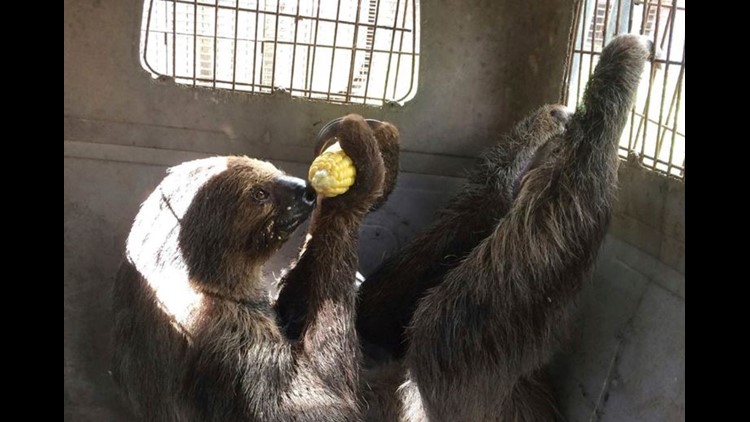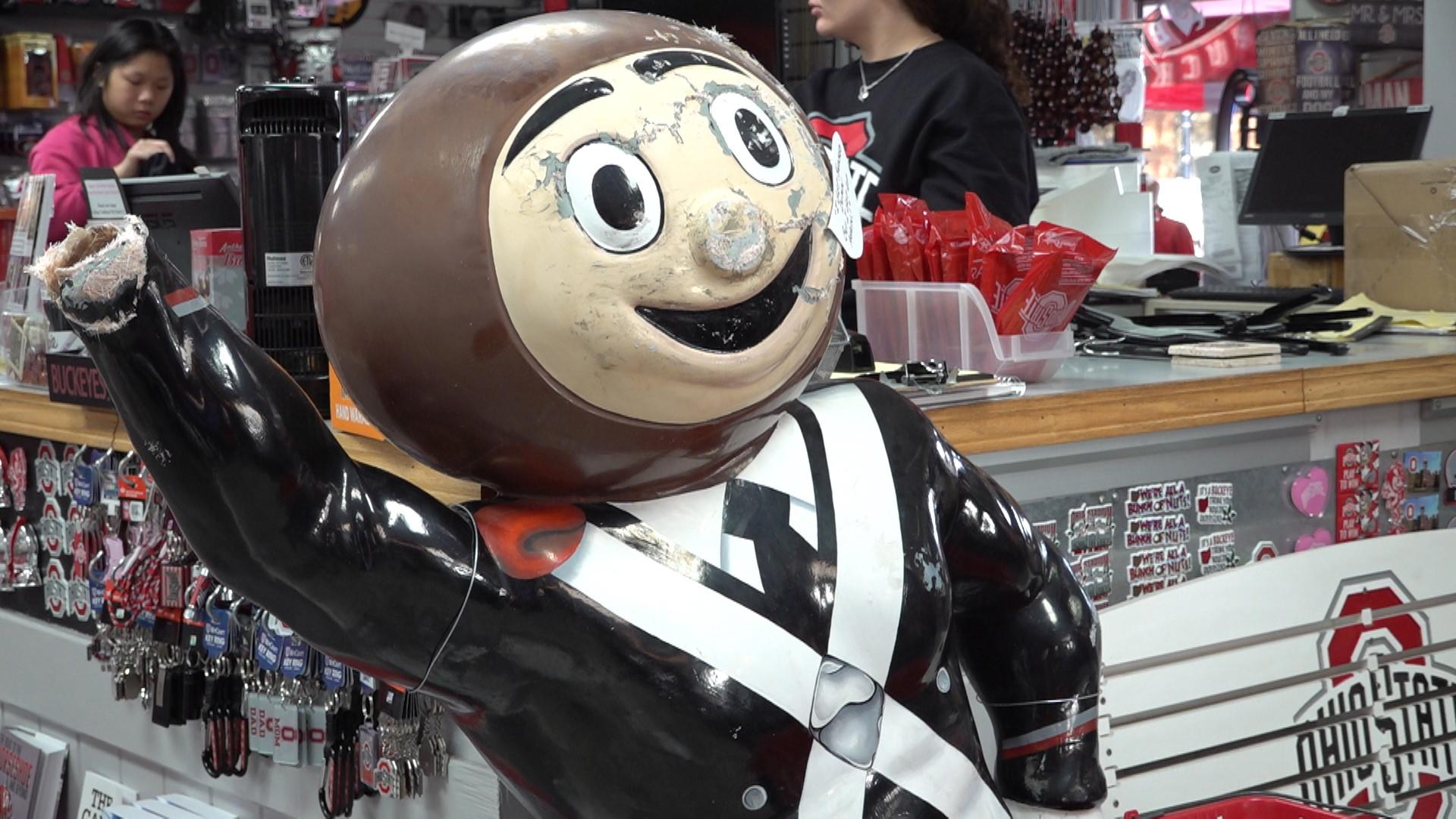MIAMI — Mo the Sloth and Kramer the Emu are as innocent as they come, but they're doing time in a county jail.
So are plenty of horses, pigs, goats, sheep, tropical birds, alligators, snakes, turtles and a few other species that the sheriff's office cares for at a farm for abandoned, abused, confiscated or donated animals.
Once the 426 humans who normally occupy cells at the Monroe County Jail were evacuated by bus to lockups in Palm Beach County, there was an opportunity to move 250 animals indoors, rather than leave them exposed to Hurricane Irma's storm surge, flooding rains and pounding wind.
After all, hurricane preparedness wasn't just about protecting humans and buildings. All over Florida, from zoos to refuges to shelters, getting animals ready for the storm was a top priority as well.
"We're as ready as we can be," Zoo Miami spokesman Ron Magill said.
Such was the sentiment around Florida in the final hours before Irma began its assault on the peninsula. Five dolphins were moved from the Florida Keys to Central Florida in advance of the storm, but most zoos and the like in the Miami area said they were trying to keep their animals in place and secure from whatever Irma will bring.
Animal lovers also were keeping track and doing what they could. One person accused a petting zoo near the northern edge of the Florida Keys of mistreating its animals by leaving them outside as the storm neared, a claim rebutted by the facility's owners. Authorities in Palm Beach County were being alerted to many animals chained or caged in yards by fleeing owners; these pets have been rescued and will have new homes, they said.
"We are pretty clear when you surrender your animal you give up your rights," Dianne Sauve, the director of Palm Beach County Animal Care and Control, told the South Florida Sun Sentinel.
Hundreds of thoroughbreds were moved from low-lying areas of Gulfstream Park, near Miami, to training facilities and barns farther north. Some animal shelters were relocating dogs and cats to safer facilities, and a humane society near Tampa said it needed for temporary foster homes for more than 100 dogs.
"We live in a hurricane-prone area so our facilities are designed to accommodate these storms," said Brian Dowling, the general curator at Lion Country Safari in Palm Beach County, where lions, chimpanzees, rhinos and more were staying put. "Obviously, everything can't be hurricane-proof."
Many of their animals were moved into pens designed to hold up even if nearby buildings were lost in storms or tornadoes. Others were kept in their usual day-to-day habitat, some even with gates left open within their normal spaces. The reason, Dowling said, is simple: Animals sense when things aren't right, and raising their stress can complicate matters.
"We allow those animals to decide where they want to go," Dowling said. "It actually reduces the stress level considerably. Their instincts tell them how to ride out the storm."
SeaWorld Orlando and Busch Gardens Tampa Bay was keeping workers on-site at all hours to care for and monitor the animals. SeaWorld also took in the five adult male dolphins from Dolphin Discovery in Duck Key, where officials said they will stay "until they can be safely returned to their home in the Florida Keys."
And it was not just in Florida: In Cuba, dolphins wrapped in wet towels were airlifted from the northern part of the island nation to a spot more out of Irma's expected wrath.
Irma provided another reminder of what hurricanes have done to the state's ecosystem. A quarter-century after Hurricane Andrew, its impact is still seen in the Everglades, where the invasive Burmese pythons decimating populations of native mammals are believed to be descended from exotic snake breeding facilities that were destroyed in the wind. Most exotic animals that wandered loose in Andrew's wake were recovered, but not the pythons.
And with only very large alligators to challenge them, the pythons have thrived in the wetlands. Estimates range from 10,000 to 100,000, but their presence can be seen in the near-total absence of rabbits or other small animals reported by hunters who are now paid by the state to kill the snakes.
Given Zoo Miami's proximity to the Everglades, locking it down ahead of Irma was of the utmost importance.
"We needed to secure everything that could become a projectile: garbage cans, wheelbarrows, shovels, rakes, all that stuff, making sure the generators are functioning, getting the signage down," Magill said. "We have so many exhibits that need the oxygenation and life-system support for the filtration. We had to make sure all that was functioning."



